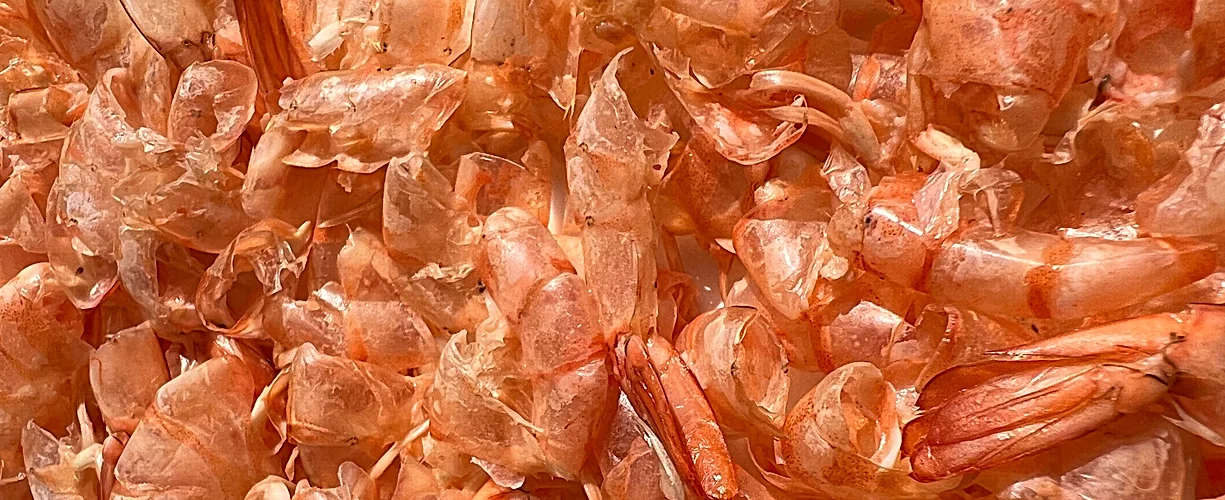How it works?

Chitosan – inducing natural immunity in plants. Chitosan is an organic chemical compound, a polysaccharide. It is mainly obtained from the shells of crustaceans such as crabs and shrimps. Chitosan is biodegradable, non-toxic, biocompatible, leaving no residues in the fruit.
When used in the cultivation of plants, it triggers resistance against fungi, bacteria and viruses, increases resistance to stress factors occurring during production, and increases the post-harvest durability of fruit.
Our experiments over the last 2 years have focused mainly on the selection of chitosan doses that would reduce the presence of ToBRFV in tomato cultivation, as well as of viruses that have appeared in cucumber crops in the last 3 years (CGMMV and ZYMV). In tomato cultivation, ToBRFV turned out to be much more contagious than its “predecessor” Pepino Mosaic Virus (PepMV).
The very rapid spread of the virus in the greenhouse very often forces horticulturists to quickly close their plantations and the further cultivation of tomatoes becomes very risky from an economic point of view. For many years, we have been observing a very positive effect of chitosan in plantations where plants have been infected with viruses. In the case of tomato cultivation, the use of chitosan does not eliminate the virus, but allows the cultivation to continue until the end of the season with minimal losses. In tomato production, sooner or later, the fruit becomes infected; the fruit becomes disfigured, with a yellow discolouration, and is usually smaller because the plant produces less assimilates due to the limited leaf area.
In the case of fruit harvested in bunches, the grape stem is very often also infected. Very high infectivity of ToBRFV requires systematic application of TOBRE both by spraying the plants and by watering the plants with the product on the growing mat. Spraying plants greatly reduces virus infection caused by the spread of the virus by workers and gardening equipment such as harvesting trolleys, and watering plants with TOBRE solution effectively inhibits the growth of the virus in the plant. The combination of these two methods of application allows the virus activity to be kept under control. Very well-calculated doses for various plant species, for various stages of development (including seedlings), as well as optimised size of the chitosan particle result in the fact that after 10-14 days of using the product, infectivity is reduced, and infection symptoms on the fruit and leaves are also noticeably reduced.
The product is intended as both a prevention and an intervention measure.
How does TOBRE actually work?
Chitosan, a component of TOBRE, acts as a SAR (Systemic acquired resistance) agent. It is a system of triggering a series of defence responses in the plant. Experiments performed by research stations have proven that chitosan inhibits the systemic propagation of viruses in the whole plant and additionally strengthens the host’s (plant’s) response to infection; the chitosan particle can inactivate the synthesis of the necessary mRNA encoded by various genes, which are important for the metabolic and infectious processes of the virus. Induction of resistance with chitosan in greenhouse crops is more effective and occurs faster than in open field crops.
Chitosan regulates several genes in plants that activate plant defence responses, including stimulation of phytoalexins and certain PR proteins. At the cellular level, chitosan activates the organelles responsible for photosynthesis; increases the parameters of chlorophyll fluorescence, and improves ATP production.
In general, the effect of chitosan can be defined as a specific type of cell compartmentalisation in which the compartment is not only the cell in the plant, but the organelles in the cell that resist viral infections.
